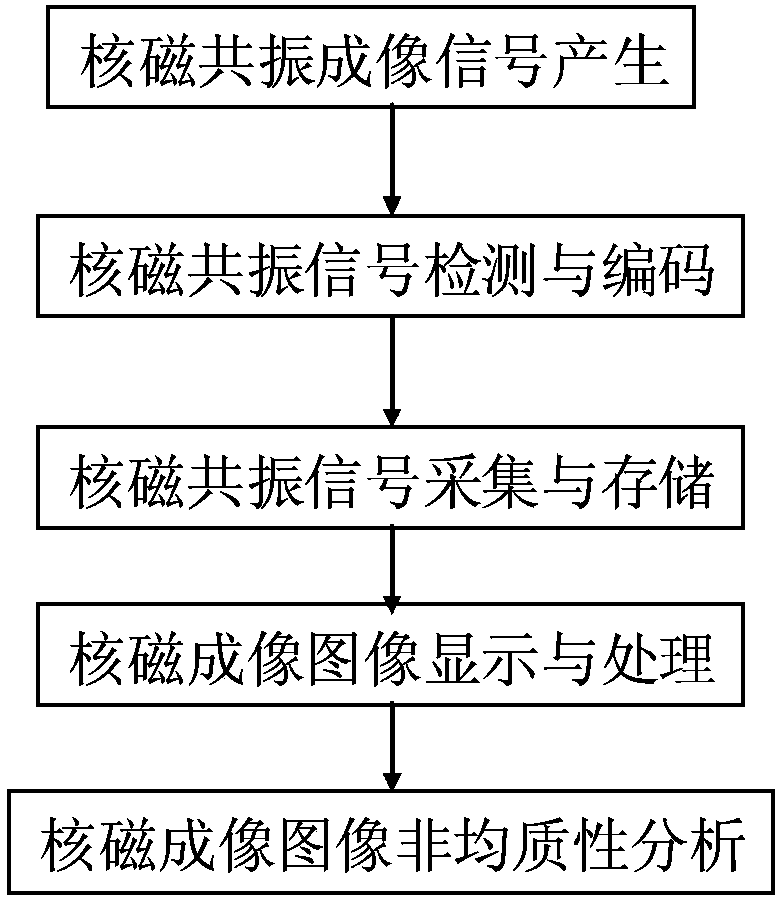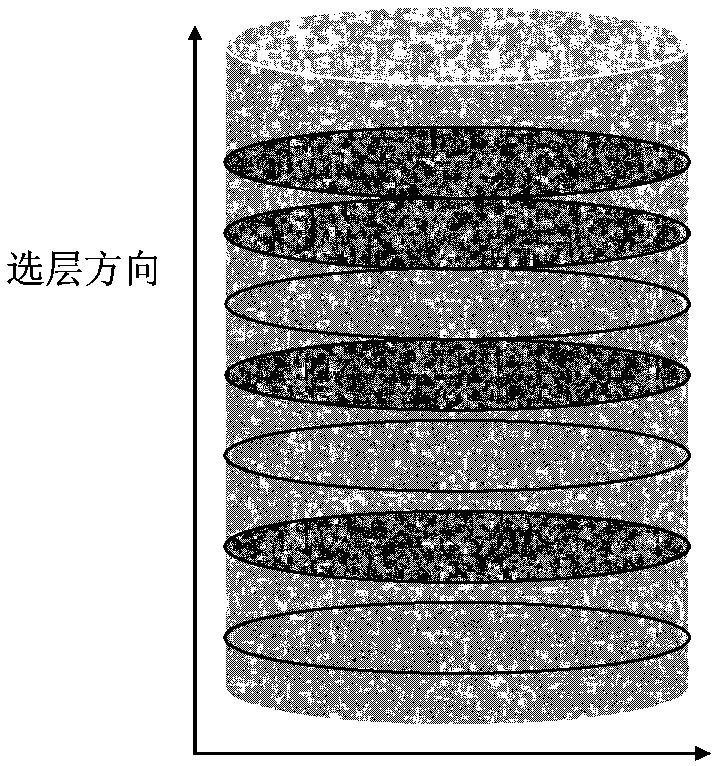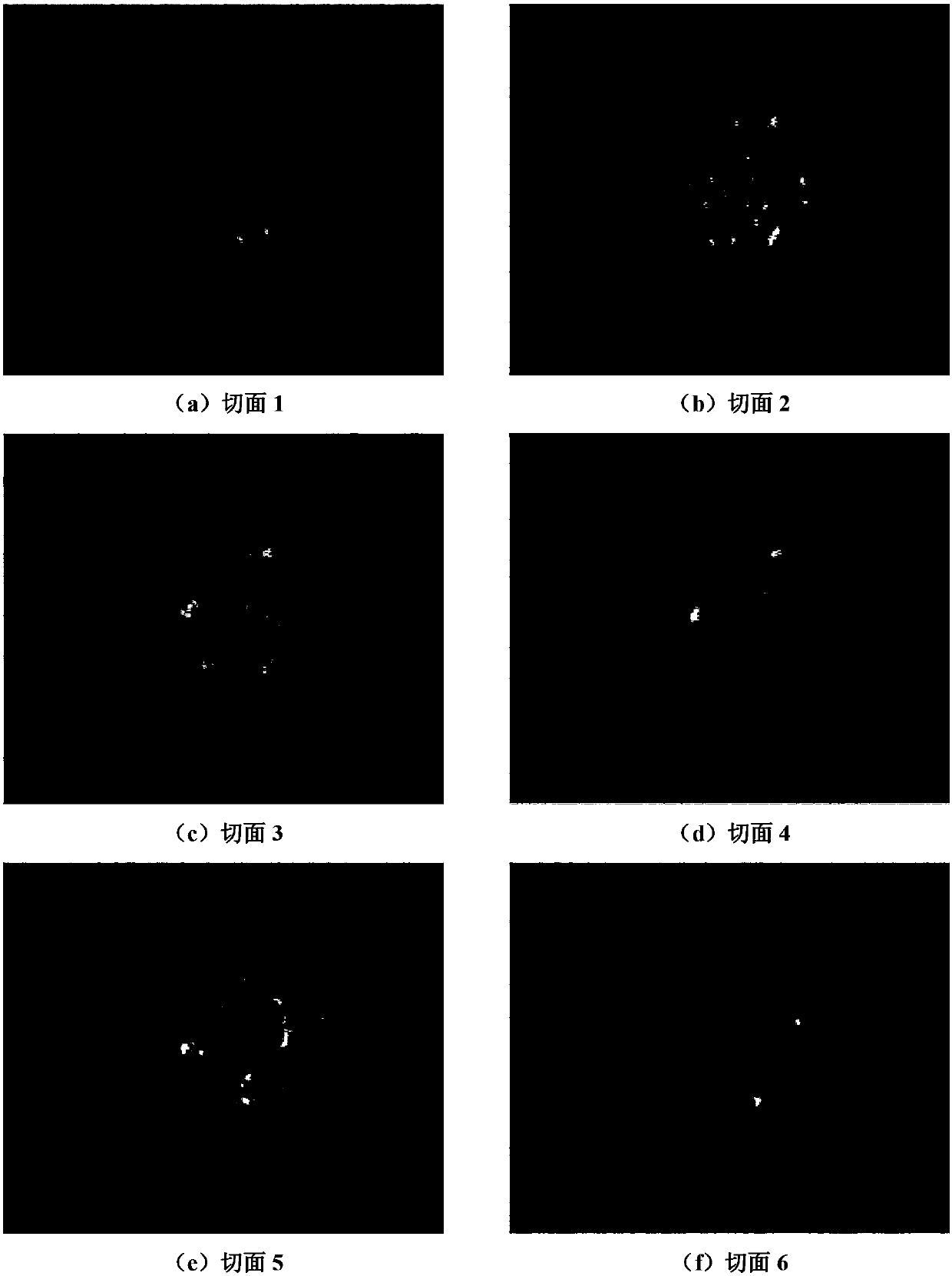A Quantitative Evaluation Method of Rock Heterogeneity Based on Magnetic Resonance Imaging
A nuclear magnetic resonance imaging and heterogeneity technology, which is applied in the field of petrophysical experiments and petroleum exploration, can solve problems such as difficult quantitative evaluation and supporting analysis of difficult formation rocks, and achieves the effect of simple process, convenient calculation and strong practicability.
- Summary
- Abstract
- Description
- Claims
- Application Information
AI Technical Summary
Problems solved by technology
Method used
Image
Examples
Embodiment Construction
[0048] A method for quantitative evaluation of rock heterogeneity based on nuclear magnetic resonance imaging, comprising the following steps:
[0049] 1.1 Core MRI measurement method and parameter optimization
[0050] 1.1.1 Optimization of the measurement sequence
[0051] NMR logging and one-dimensional NMR generally measure the transverse relaxation signal (T2), while nuclear magnetic resonance imaging collects signals related to proton density, transverse relaxation time (T2), and longitudinal relaxation time (T1) . For comparison with conventional NMR, it is necessary to pass through the correlation sequence, highlighting the transverse relaxation signal. Therefore, the present invention adopts the spin echo sequence as the basic sequence, which includes three parts: slice selection pulse, phase encoding pulse and frequency encoding pulse.
[0052] 1.1.2 Optimization of measurement parameters
[0053] Imaging signals under different conditions can be realized by chan...
PUM
| Property | Measurement | Unit |
|---|---|---|
| porosity | aaaaa | aaaaa |
Abstract
Description
Claims
Application Information
 Login to View More
Login to View More - R&D
- Intellectual Property
- Life Sciences
- Materials
- Tech Scout
- Unparalleled Data Quality
- Higher Quality Content
- 60% Fewer Hallucinations
Browse by: Latest US Patents, China's latest patents, Technical Efficacy Thesaurus, Application Domain, Technology Topic, Popular Technical Reports.
© 2025 PatSnap. All rights reserved.Legal|Privacy policy|Modern Slavery Act Transparency Statement|Sitemap|About US| Contact US: help@patsnap.com



